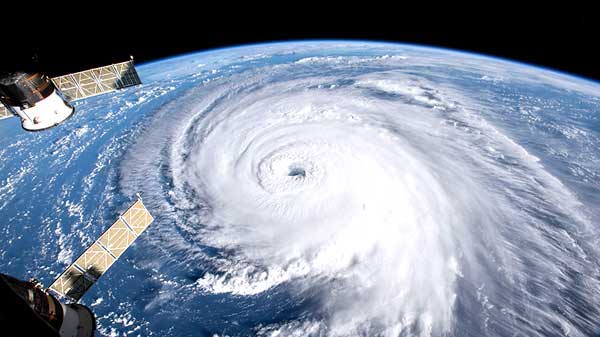2022 HURRICANE SEASON: NASA Prepared to Monitor Storms from its Unique Vantage Point in Space
By NASA // June 5, 2022
NASA & SPACE NEWS

(NASA) – The Atlantic Ocean hurricane season began June 1 and runs through Nov. 30, and NASA is once again prepared to help understand and monitor storms from its unique vantage point of space.
“Along with millions of Americans, I know firsthand the devastation caused by hurricanes. These climate-related events are growing more frequent and powerful, underscoring the need for greater action to improve our nation’s response and resilience to hurricanes,” said NASA Administrator Bill Nelson.
“Addressing and mitigating the effects of climate change like hurricanes are at the core of NASA’s mission.”
“From the agency’s upcoming TROPICS mission that will help scientists understand the factors driving storm intensification and contribute to weather forecasting models, to the creation of the Earth Information Center to ensure game-changing NASA climate data is accessible and understandable to decision-makers, NASA will continue to help communities better prepare for and recover from these weather events.”
NASA’s goal for American disaster preparedness, response, mitigation, and recovery is to bring data to people who need it. Before, during, and after a hurricane makes landfall, NASA satellites are in prime positions to identify impacts.
NASA supports risk reduction, response, and recovery for hurricanes and tropical cyclones.
NASA works with local officials and first responders, federal agencies such as FEMA and the U.S. Army Corps of Engineers, and infrastructure experts to determine what information they need and supply it in usable formats in real-time.
Examples include information on infrastructure failures and disruptions, contaminated water supplies, and other hotspots for urgent response needs.
When it comes to operational forecasting, the agency’s main role is through its partnership with the National Oceanic and Atmospheric Administration (NOAA).
NASA designs build and launch NOAA’s suite of satellites whose data specifically feed numerical weather prediction model
CLICK HERE FOR BREVARD COUNTY NEWS














